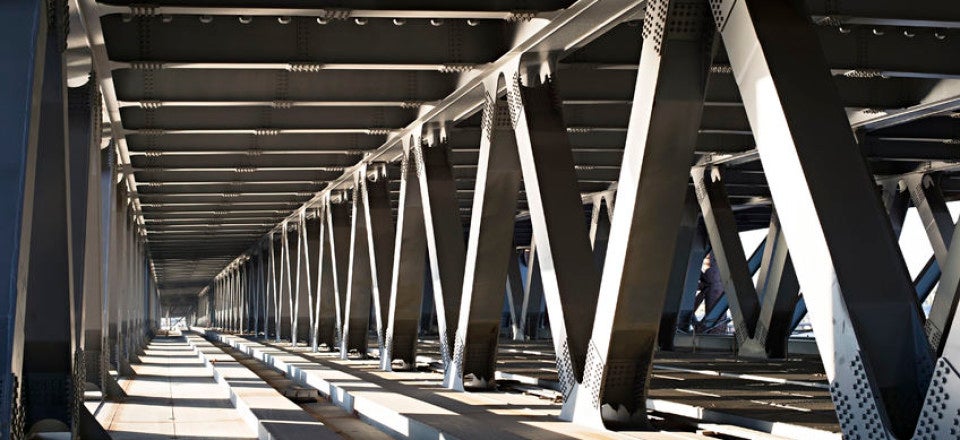Colton Crossing, in Southern California’s San Bernardino County, is one of the busiest railway junctions in the United States, serving as many as 120 trains per day — causing trains to idle at the crossing for more than 50 minutes on average and up to four hours. A grade separation — a bridge that disjoins overlapping rail lines — would allow for more commuter and cargo trains to pass through Colton at faster speeds, and would reduce air pollution caused by idling trains. Individually, the California Department of Transportation, the City of Colton, private railways, and commuter lines were unable to shoulder the cost of constructing a grade separation, and their divergent interests prevented them from working together. This case study tells the story of how Garry Cohoe, Director of Project Delivery for the San Bernardino Associated Governments, was able not only to bring together the various stakeholders, but also get the residents of Colton behind the plan, dividing the costs of construction and responding to the concerns of all involved.







